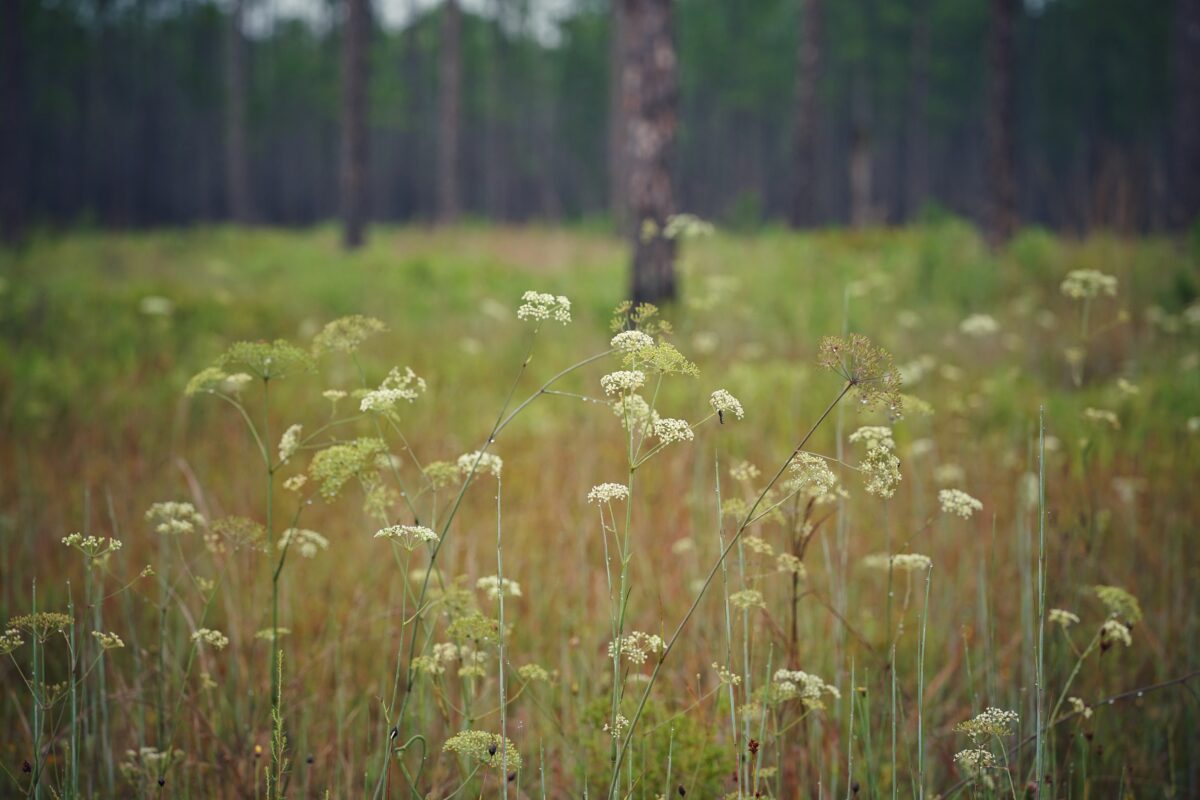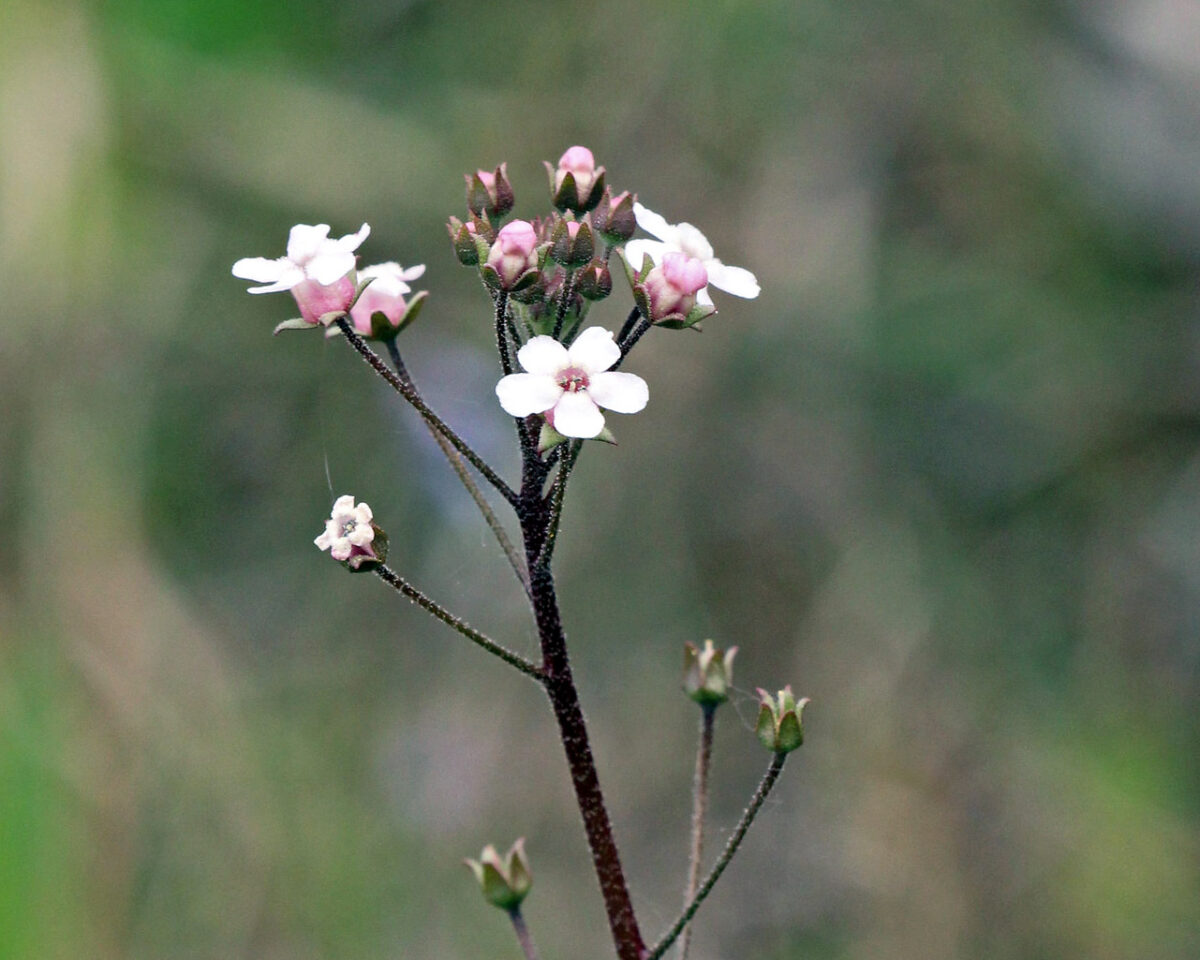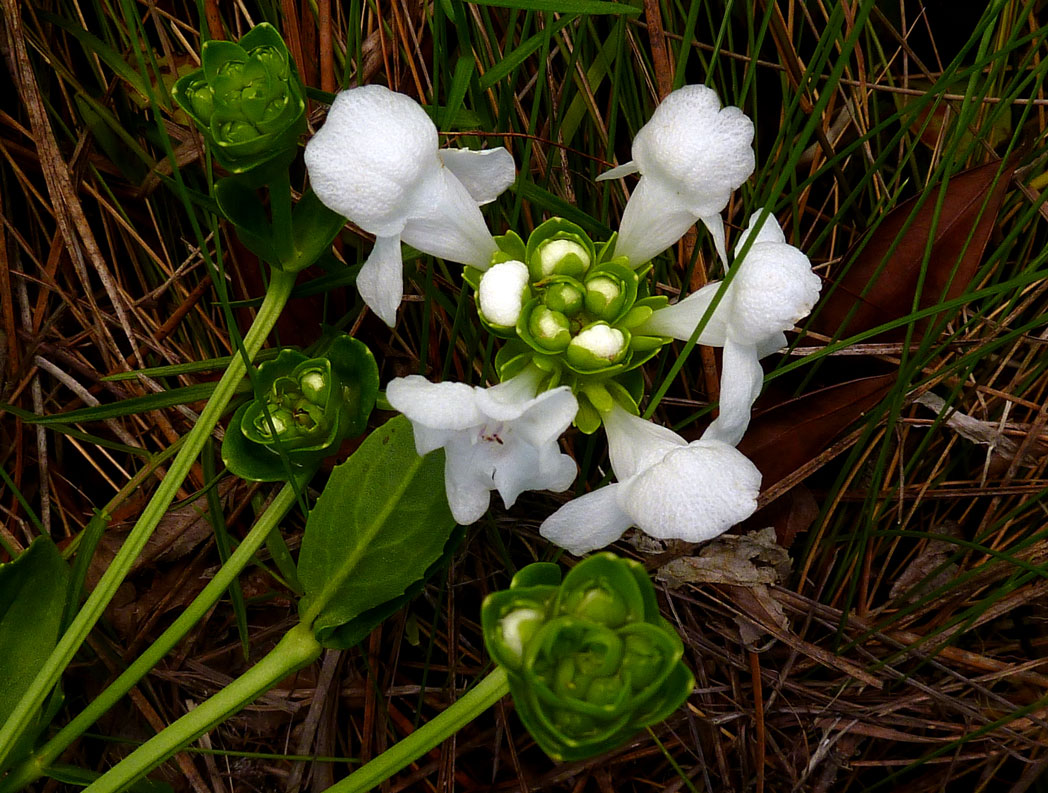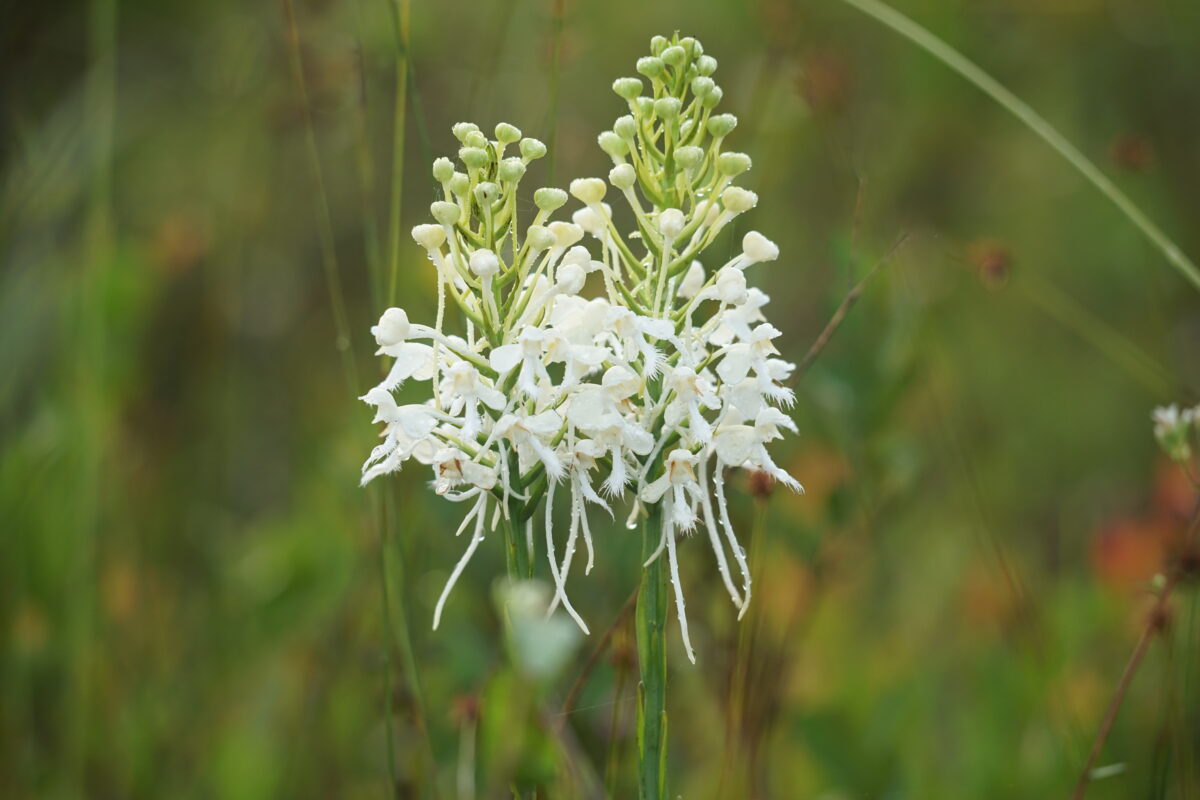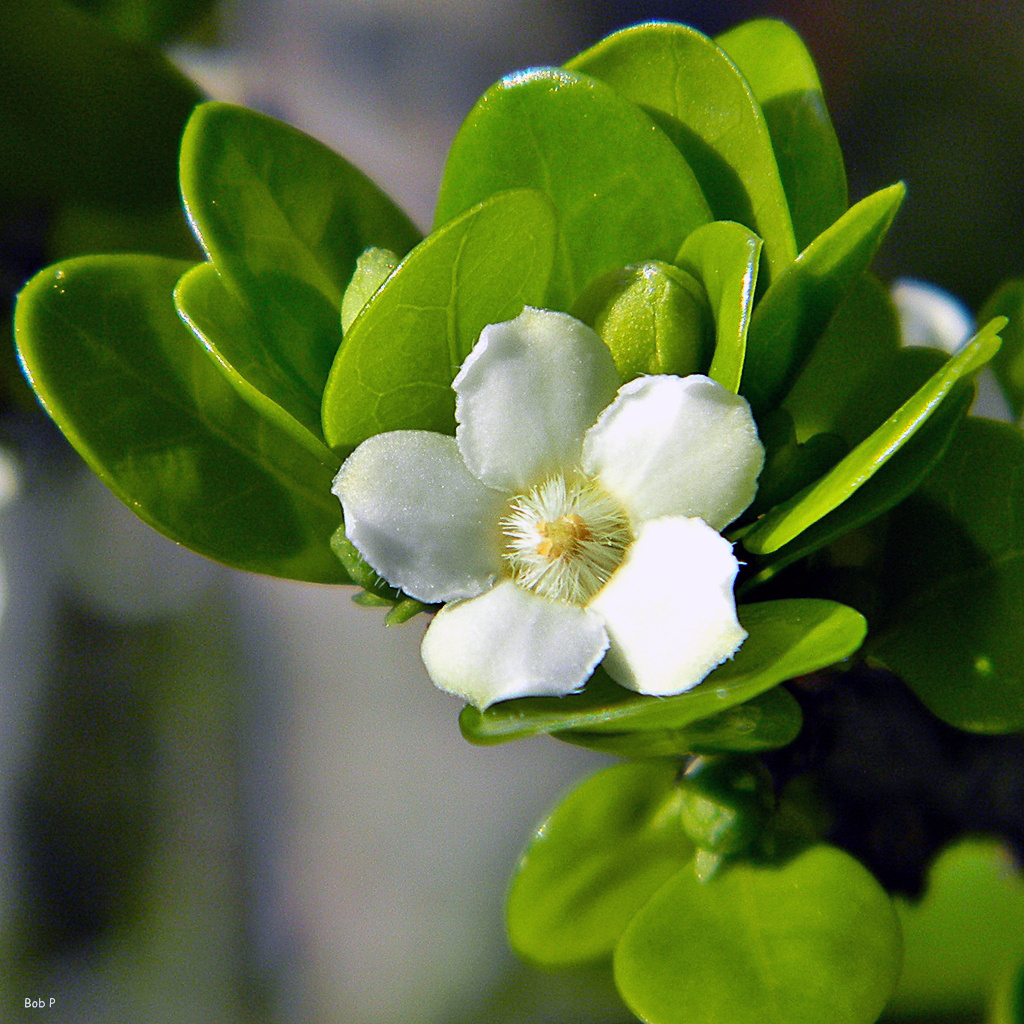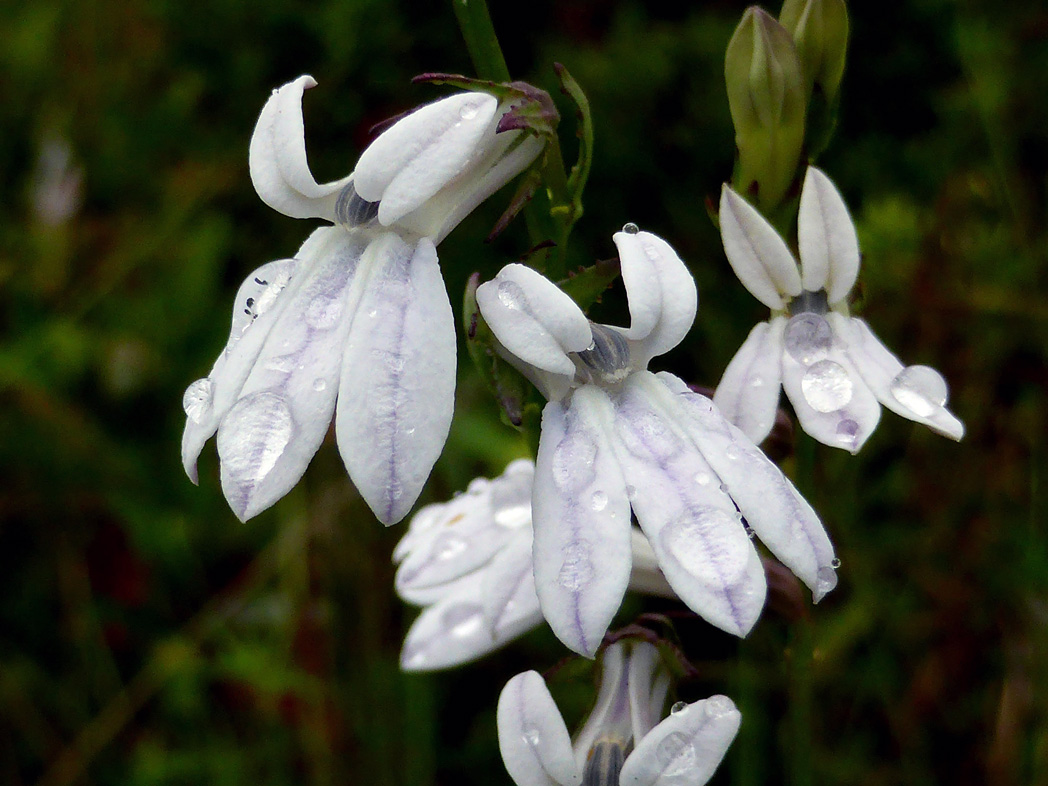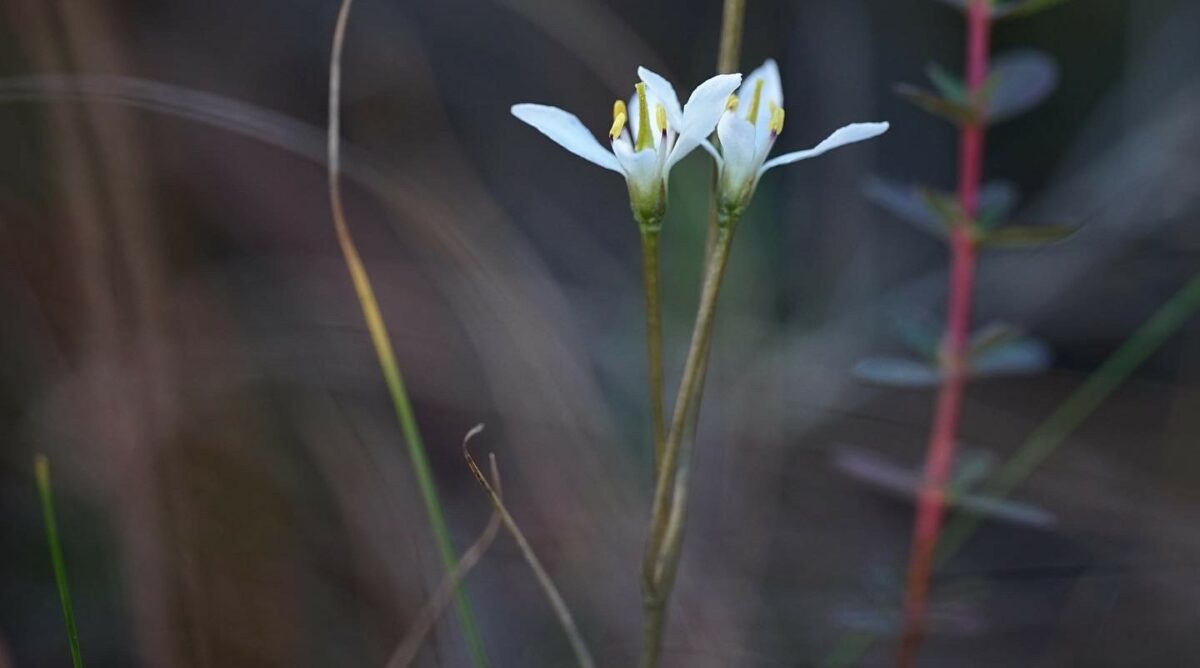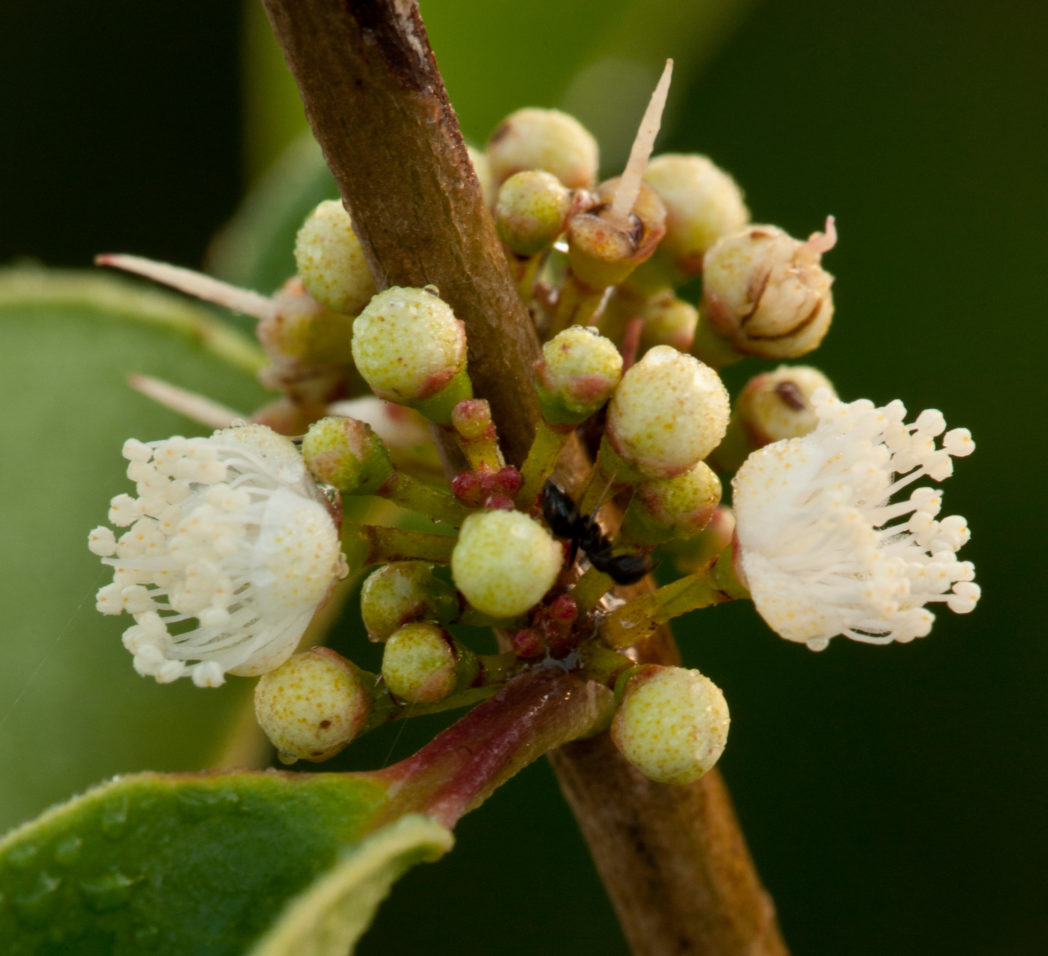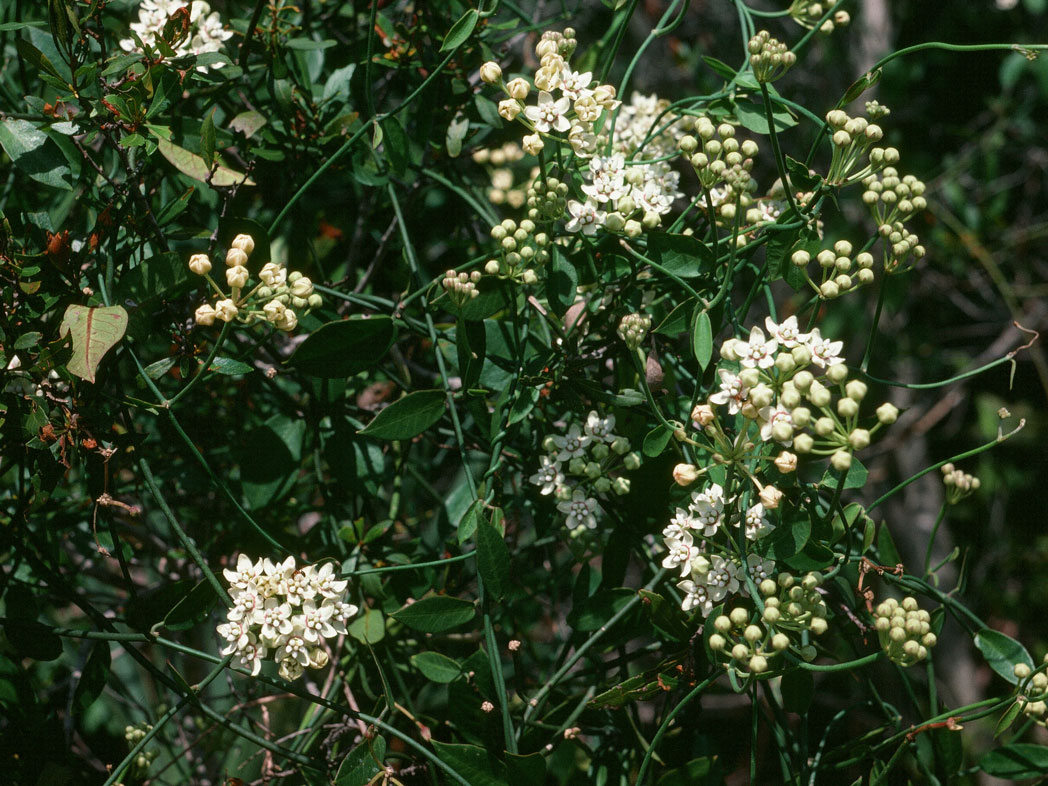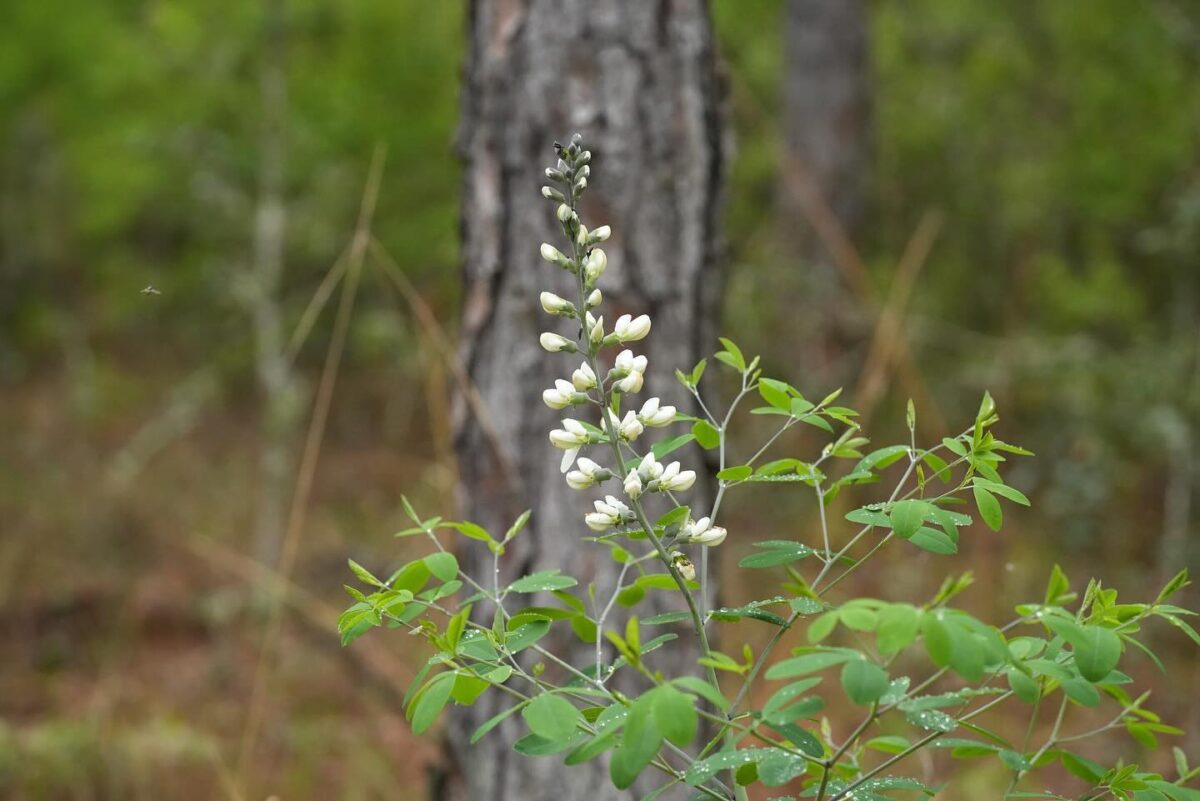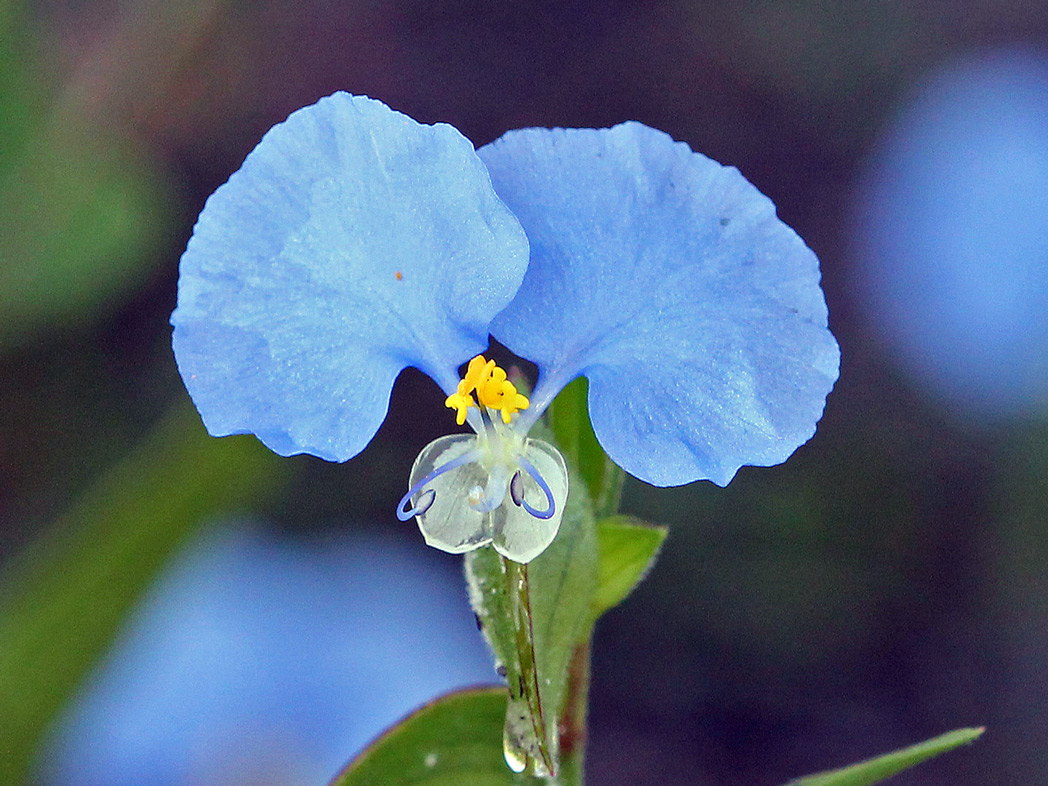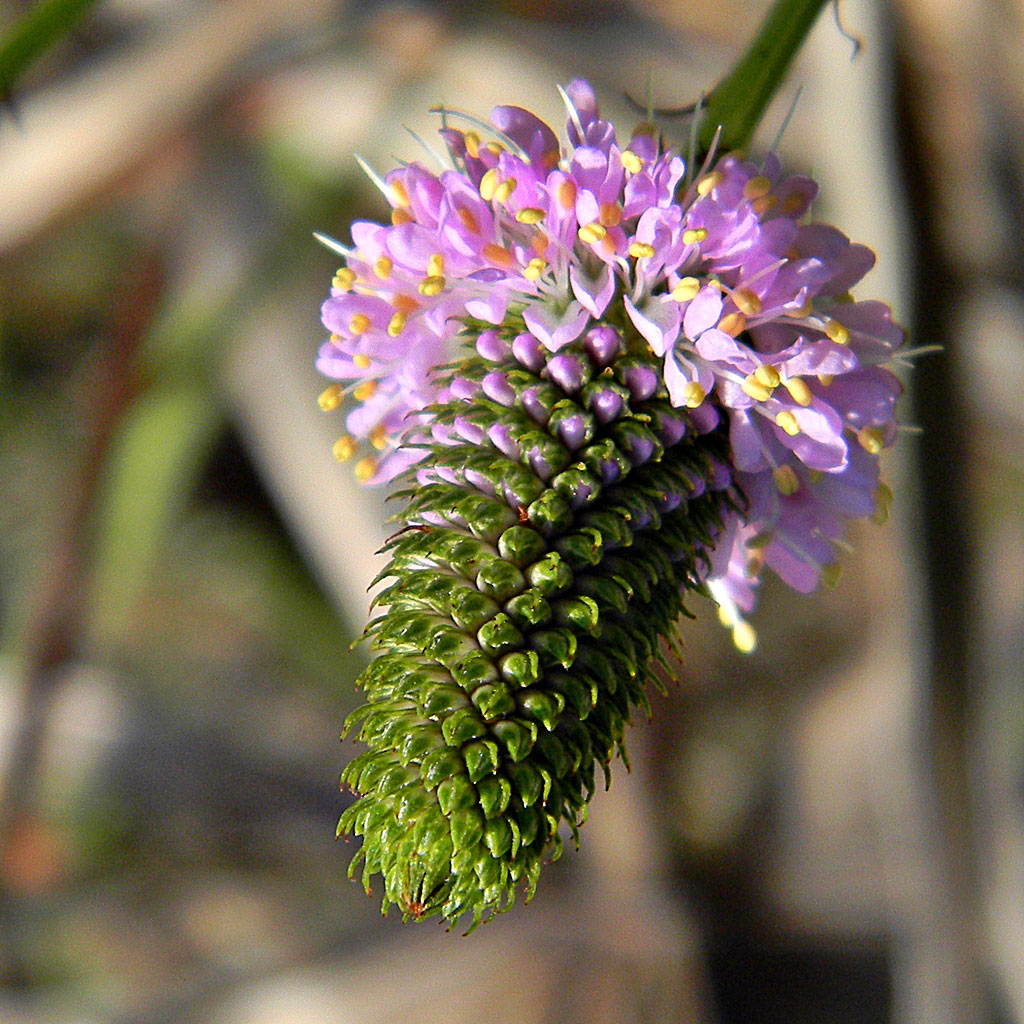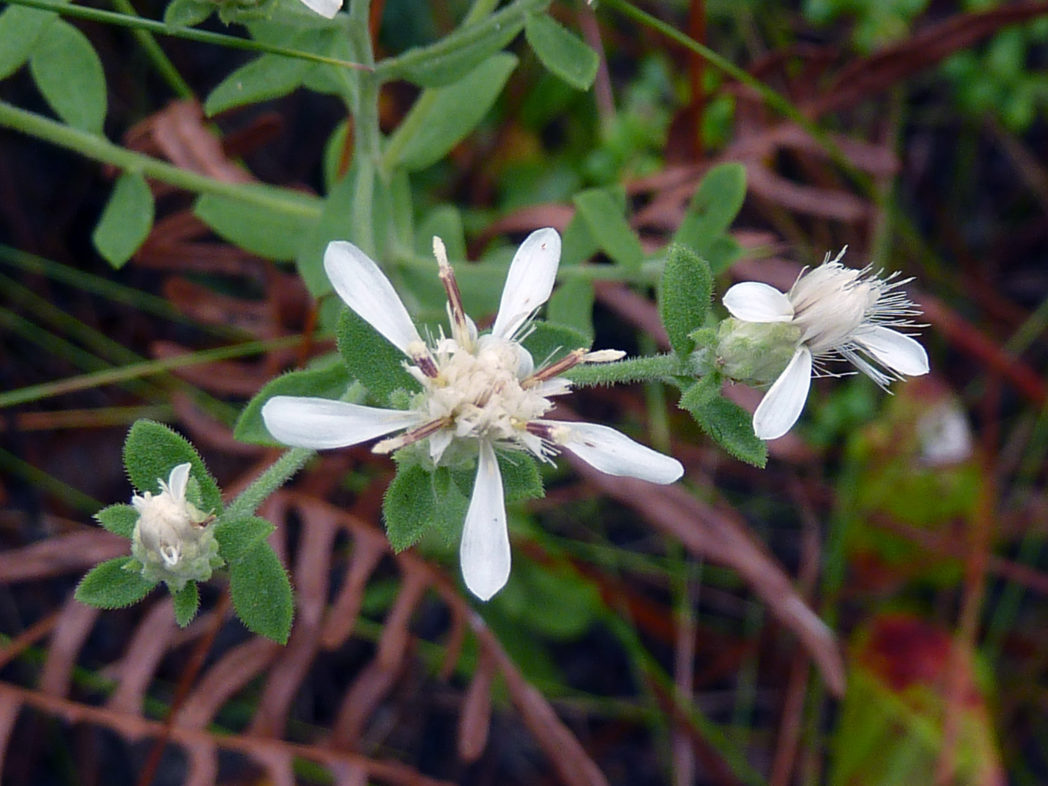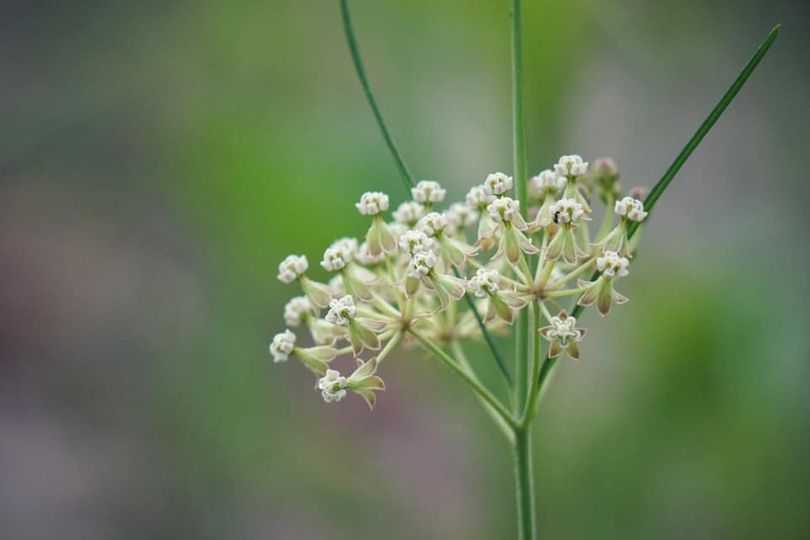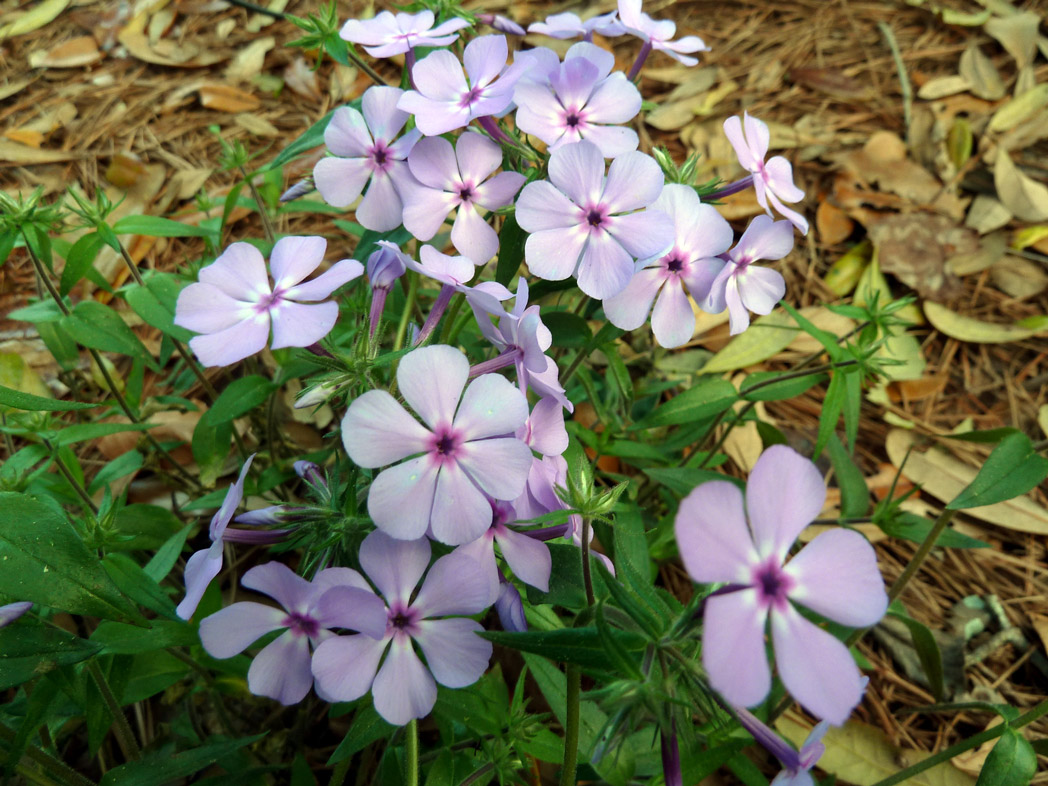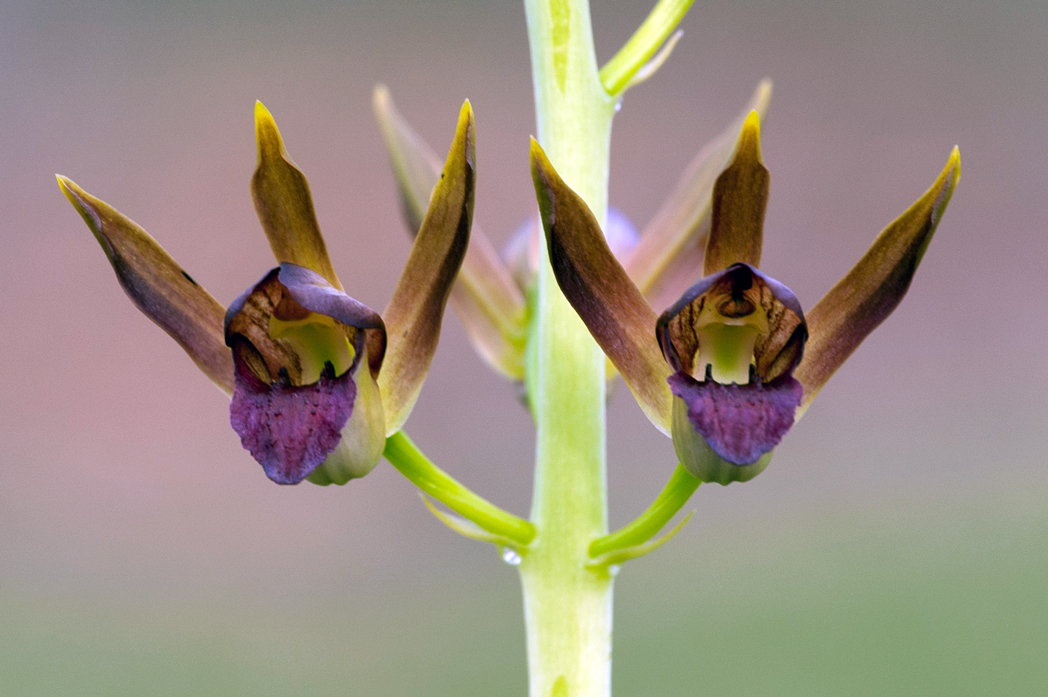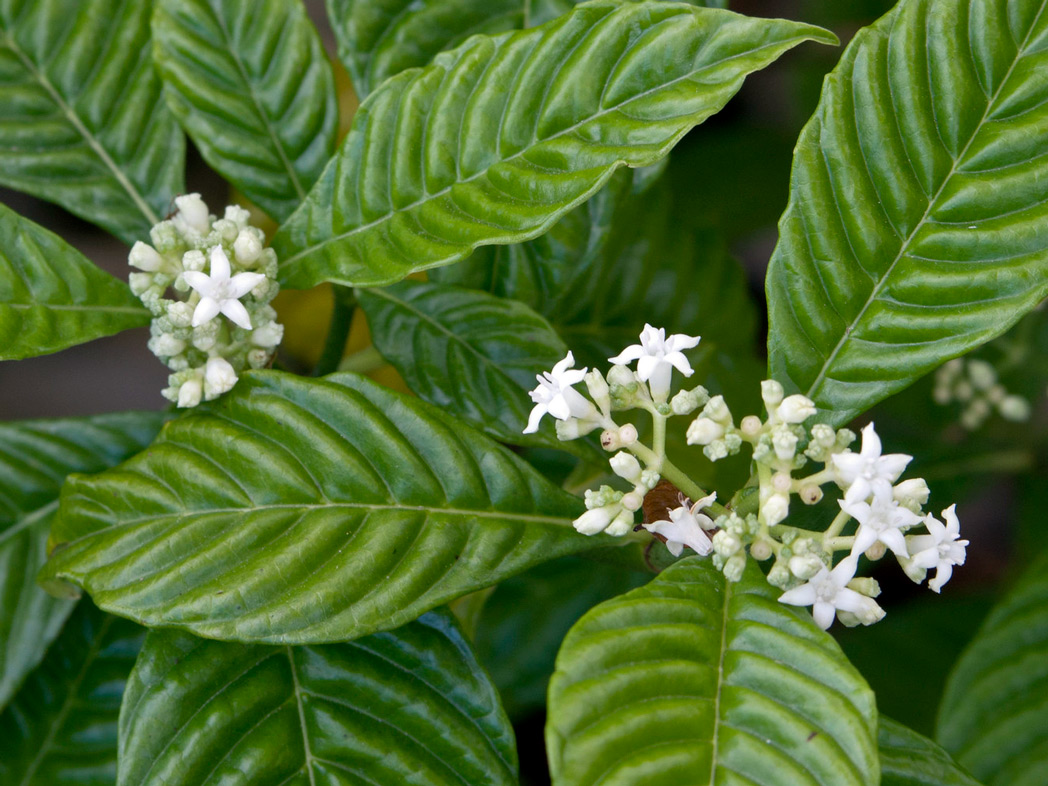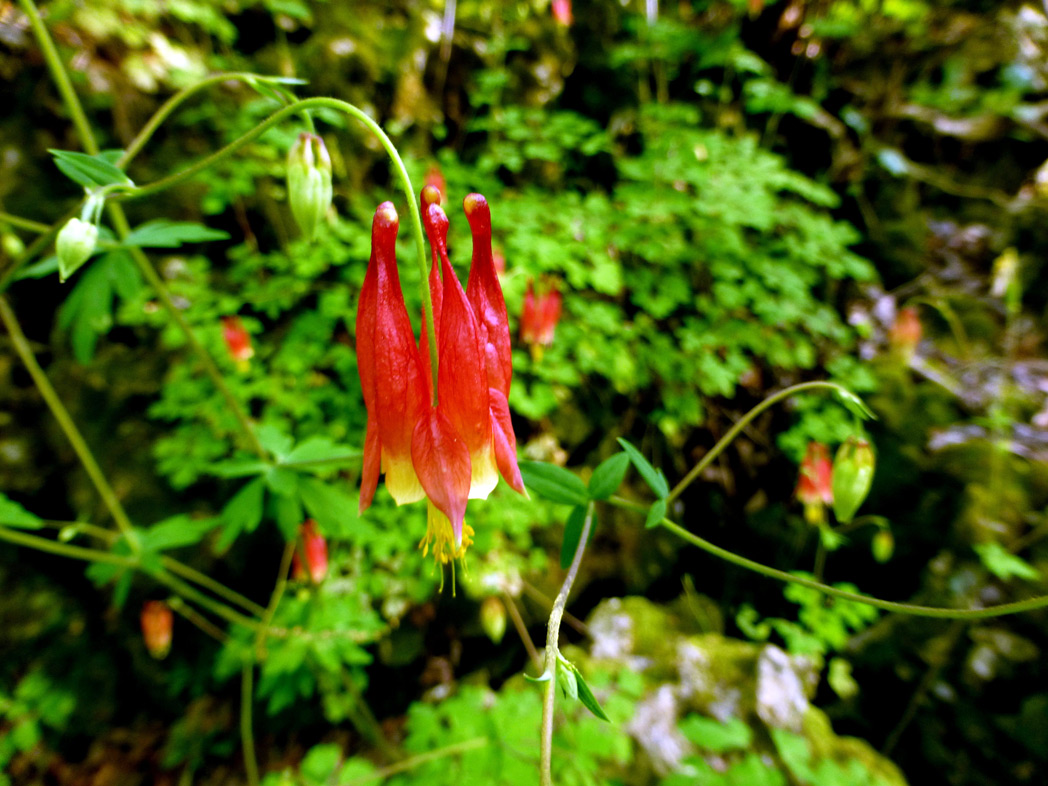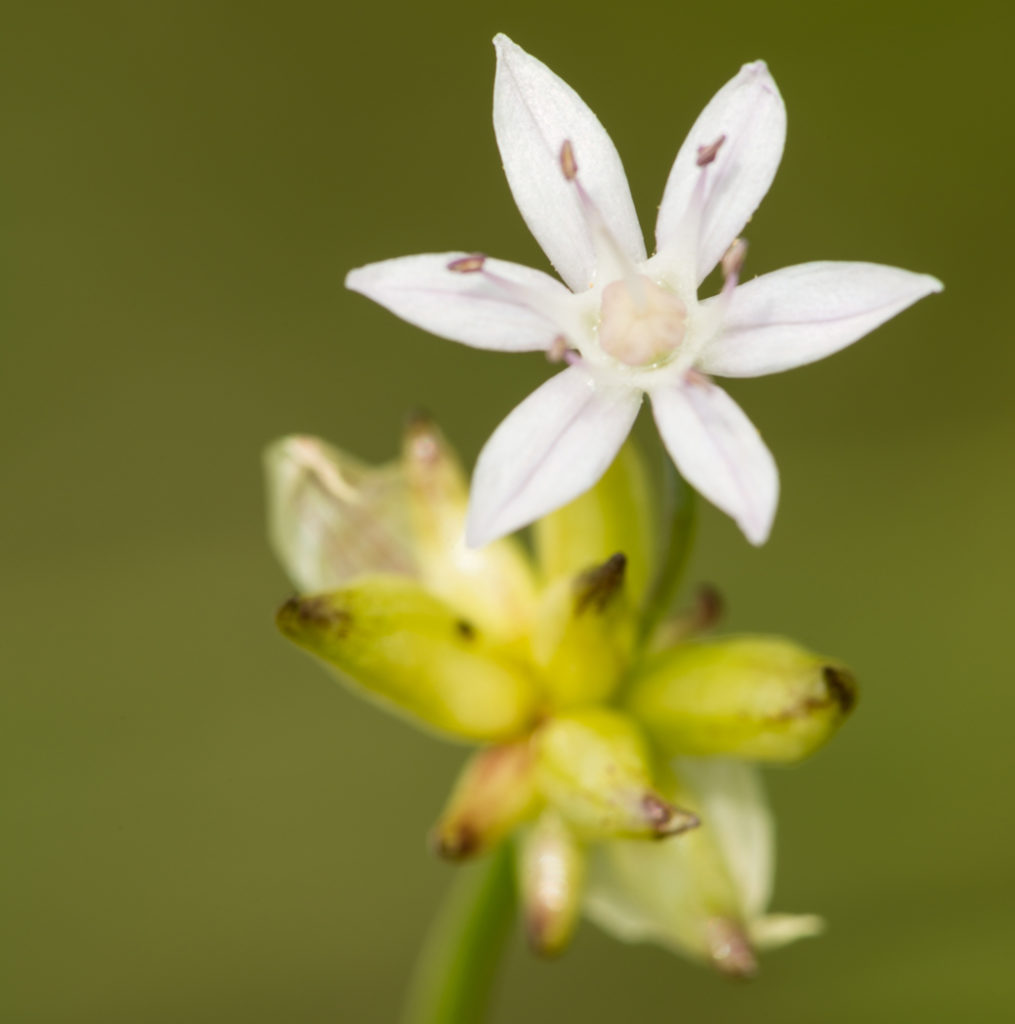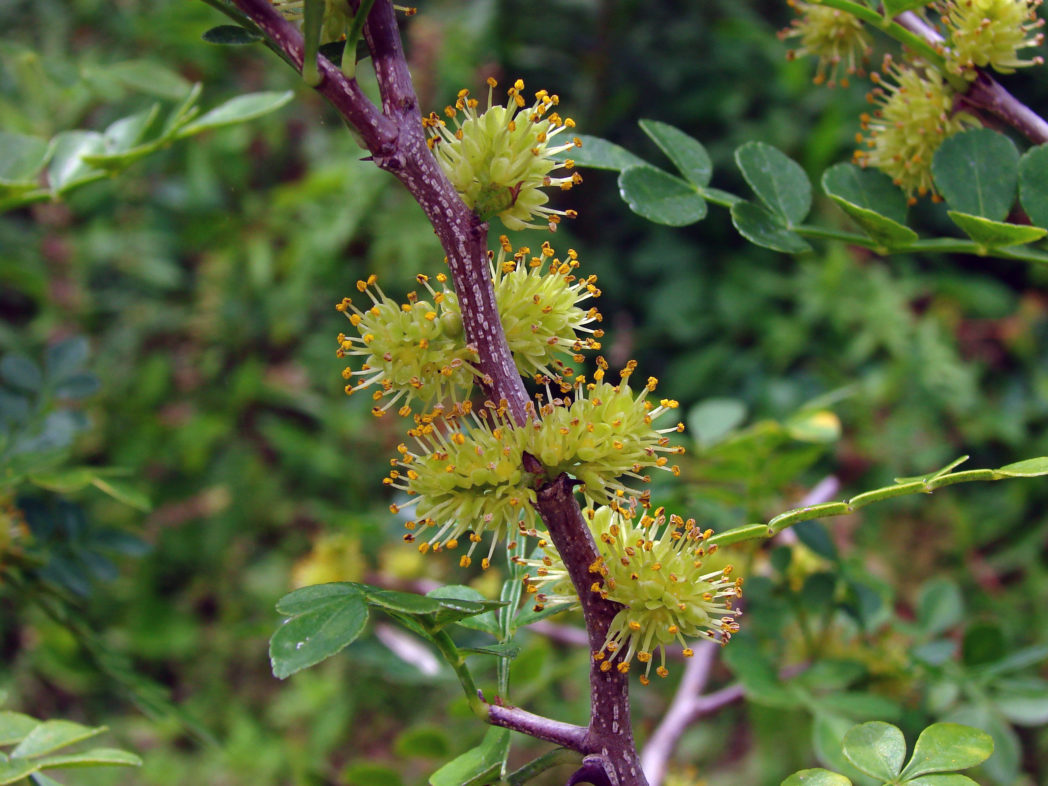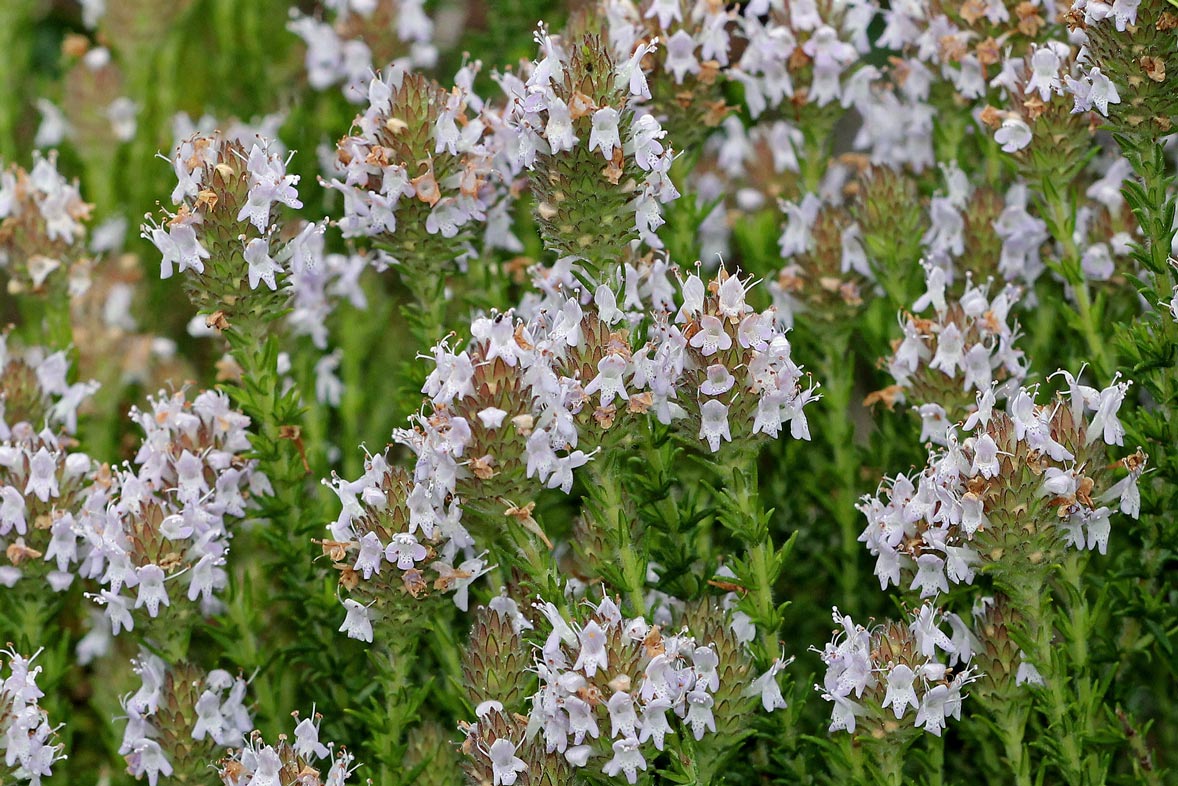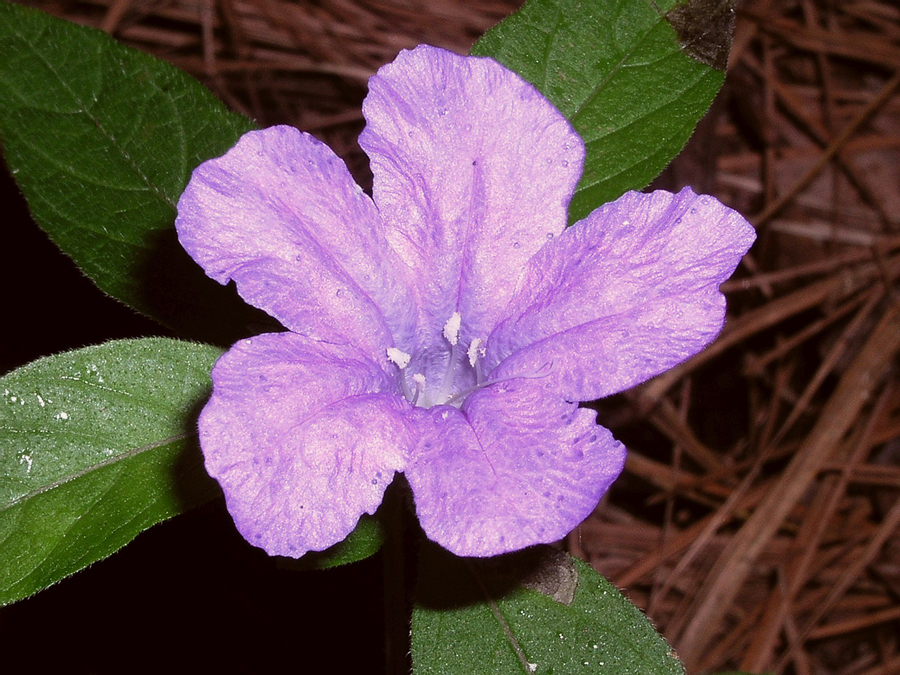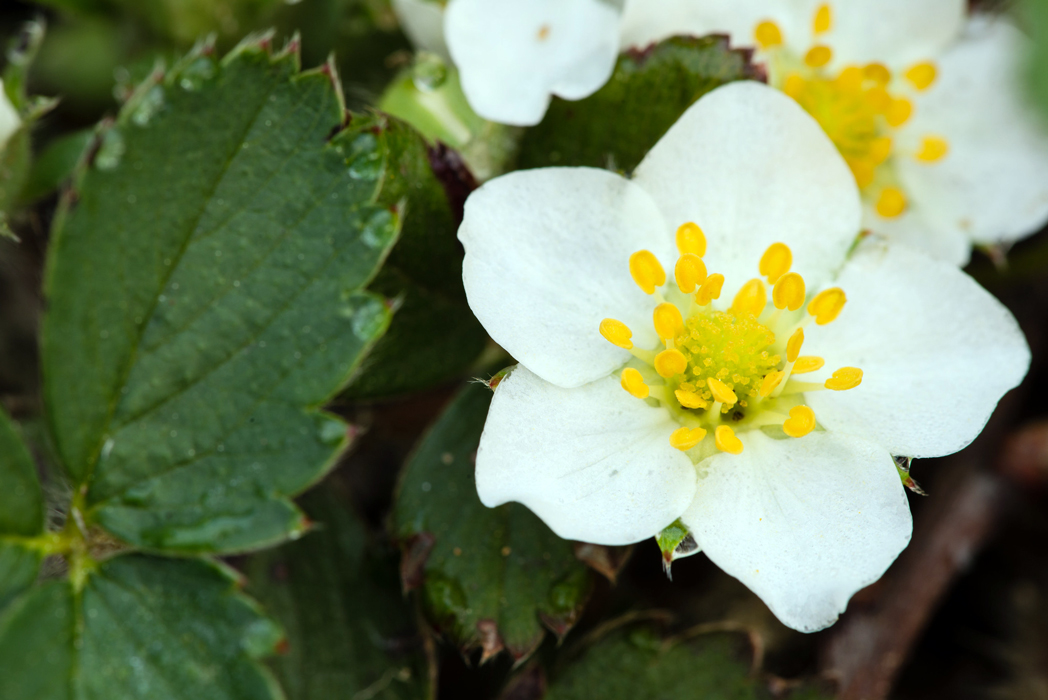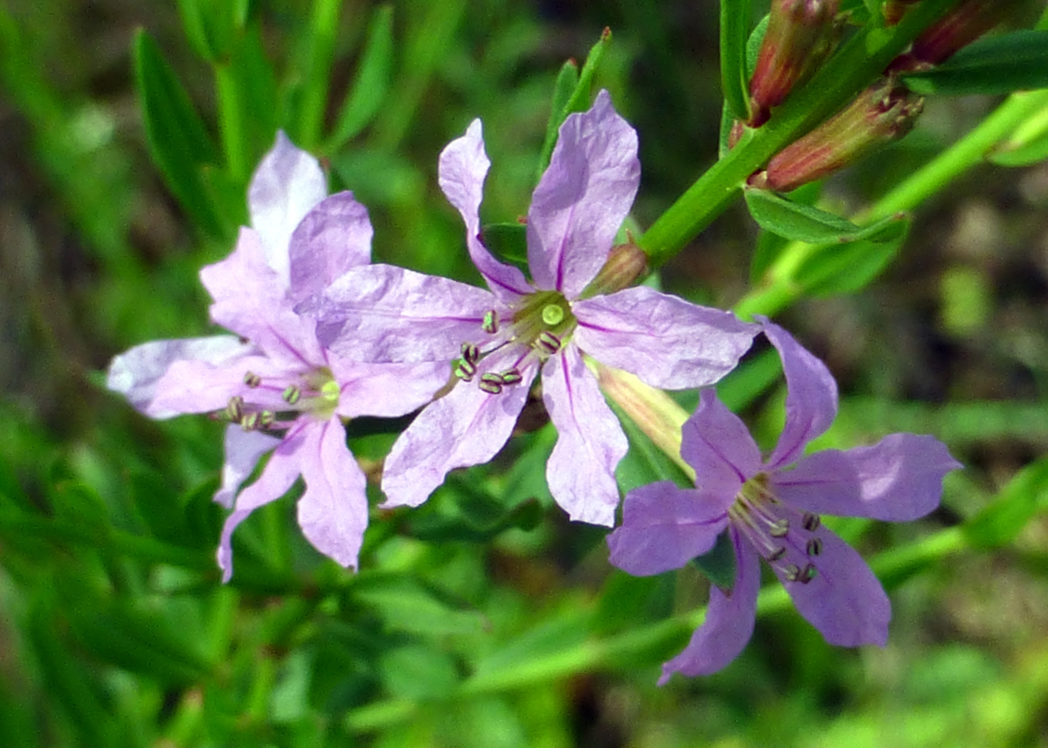Water cowbane
In late summer and early fall, shallow freshwater wetlands across Florida burst to life with tall stands of Water cowbane. It is a larval host for the Eastern black swallowtail butterfly and the flowers attract a wide variety of pollinators.
Water pimpernel
Water pimpernel (Samolus ebracteatus) is a perennial wildflower found in wet pinelands and prairies, and along freshwater and brackish swamp, marsh and stream edges.
White birds-in-a-nest
White birds-in-a-nest (Macbridea alba) is a rare and unique wildflower endemic to only four counties in Florida’s Panhandle. Its flowers bloom May through July and attract mostly bees.
White fringed orchid
The White fringed orchid (Platanthera blephariglottis) is a striking wildflower found in bogs and wet meadows across North and Central Florida. The summer blooms attract many pollinators from bees to butterflies and moths.
White indigoberry
White indigoberry (Randia aculeata) is an evergreen flowering shrub or small tree found in pine rocklands and coastal strands and hammocks in Central and South Florida.
White lobelia
White lobelia (Lobelia paludosa) is a winsome, wet-loving wildflower found in swamps and wet flatwoods throughout much of Florida. It primarily blooms in spring and summer.
White screwstem
Diminutive in size but not in beauty, White screwstem takes a keen eye and a bit of determination to find. It blooms in winter through early spring and is found in wet flatwoods and bogs.
White stopper
White stopper (Eugenia axillaris) has fragrant flowers that bloom year-round, attracting many types of pollinators. Its fruits are eaten by birds and wildlife. Humans can eat them, too.
White twinevine
White twinevine (Funastrum clausum) is a larval host plant for Monarch, Queen and Soldier butterflies and an important nectar source for bees and wasps.
White wild indigo
White wild indigo (Baptisia alba) has showy white blooms that attract many pollinators. The plant is a larval host plant for the Wild indigo duskywing and Zarucco duskywing butterflies.
Whitemouth dayflower
Whitemouth dayflower (Commelina erecta ) is found in pinelands, coastal uplands and scrub habitats. Its blooms attract a variety of pollinators, especially bees. Seeds are eaten by birds, and the foliage is sometimes consumed by gopher tortoises.
Whitetassels
Also known as Pink prairie clover and Pinktassels, Whitetassels (Dalea carnea var. carnea) is an uncommon wildflower found in mesic flatwoods, open meadows and pine rocklands. Its distinct flowers bloom in late spring through early fall and are attractive to pollinators, especially bees. The seeds are eaten by birds and other wildlife.
Whitetop aster
Also known as Dixie aster, Whitetop aster (Sericocarpus tortifolius) is a perennial wildflower found in sandhills, pine flatwoods, upland mixed woodlands and forest margins throughout Florida. It blooms summer through fall and attracts many butterflies, bees and other pollinators.
Whorled milkweed
Whorled milkweed (Asclepias verticillata ) is one of the smaller, more delicate native milkweeds and is easily overlooked when not in bloom. It flowers late spring through summer and into early fall.
Wild blue phlox
Wild blue phlox (Phlox divaricate) is a delicate perennial wildflower. Its beautiful blooms appear from spring into early summer in slope forests, bluffs and calcareous hammocks.
Wild coco
Wild coco (Eulophia alta) is a terrestrial orchid found in hydric hammocks, hardwood swamps, wet flatwoods, marshes and open disturbed sites in Central and South Florida.
Wild coffee
Wild coffee (Psychotria nervosa) flowers typically bloom in spring and summer, but may bloom year-round. They are attractive to a variety of pollinators, especially Atala and Schaus’ swallowtail butterflies.
Wild columbine
Wild columbine (Aquilegia canadensis) is one of Florida’s most striking and unique native wildflowers. It occurs naturally in only three counties in the Panhandle and is a state-listed endangered species.
Wild garlic
Wild garlic (Allium canadense var. canadense) is a grasslike perennial with lovely clusters of flowers. It blooms primarily in late winter and spring and attracts many insects, including moths and native bees; honeybees tend to dislike it. Wild garlic has a strong, tell-tale smell of garlic or onion. All parts of the plant are edible and may be prepared the same as garlic or onions. Bulbs may be eaten raw, sautéed, pickled or roasted. Use the young leaves as you would chives.
Wild lime
Wild lime (Zanthoxylum fagara) has dense foliage that provides cover, and fruit that provides food for birds and small wildlife. The plant is the larval host for several butterflies.
Wild pennyroyal
Wild pennyroyal (Piloblephis rigida) typically flowers in late winter through spring, but can bloom year-round, and occurs naturally in scrub, scrubby and pine flatwoods, sandhills, dry prairies and ruderal areas.
Wild petunia
Wild petunia (Ruellia caroliniensis) typically blooms late spring through late summer/early fall, attracting a variety of pollinators. It is the host plant for the White peacock and Common buckeye butterflies.
Wild strawberry
Wild strawberry (Fragaria virginiana) is a rare perennial wildflower that occurs throughout much of the eastern United States and Canada. In Florida, it occurs naturally only in open fields and woodland edges of Jackson and Leon counties. The plant is a larval host for the Gray hairstreak butterfly. Its spring flowers attract bees and butterflies, while its tiny summer fruits are a treat for humans and wildlife. They can be eaten right off the plant or collected and made into jams, jellies or pies. The leaves, which are high in Vitamin C, can be brewed into a tea.
Winged loosestrife
Winged loosestrife (Lythrum alatum) is a fast-growing perennial subshrub with many star-shaped flowers. It typically blooms in summer and attracts a plethora of pollinators.

